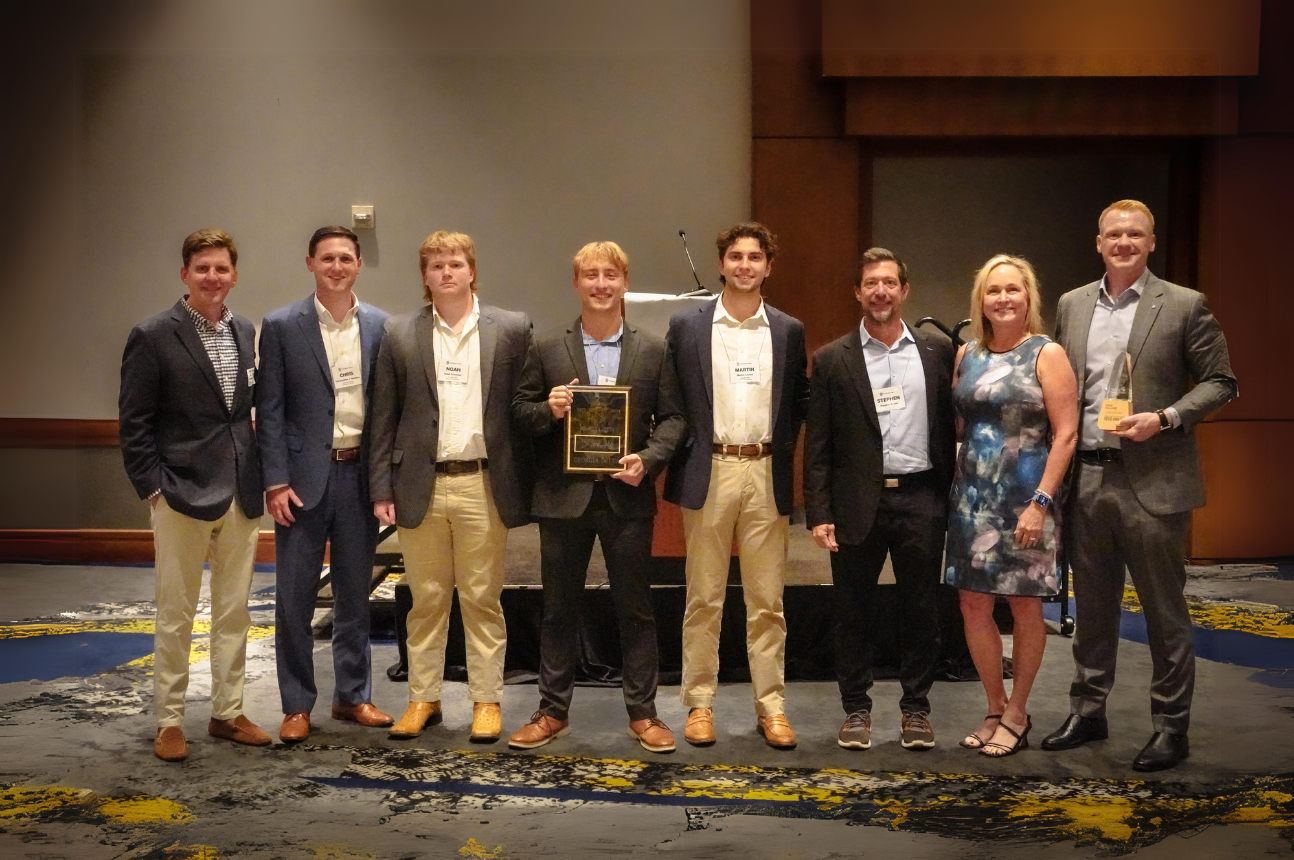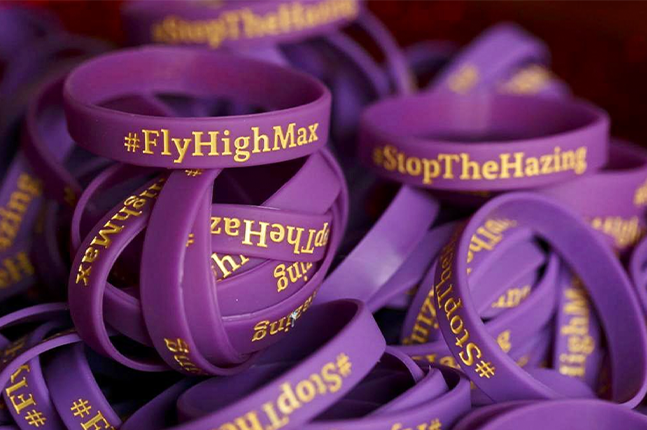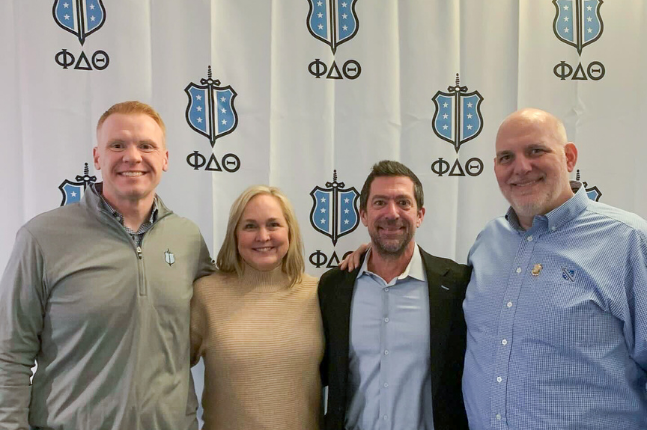By Chad Ellsworth
We have done many of you a disservice in the ongoing debate about hazing in fraternities and sororities. As an undergraduate in the late 1990’s, the education I received about hazing consisted of a list of prohibited activities, and I was told there was a zero tolerance policy against hazing. At the campus and inter/national organization levels, chapters were labeled as healthy/non-hazing organizations, or as unhealthy/hazing organizations. In other words, chapters either met the campus’ or headquarter’s minimum expectations, or they did not. But, by definition, to meet minimum expectations is to be merely mediocre.
As a fraternity man, I have been told time and time again that I am to be more than mediocre. As a Theta Chi, I took sacred oaths to perpetuate the ideals of my fraternity for the rest of my life. As a fraternity man or sorority woman, you have taken or will take sacred oaths to be the very best citizen, leader, scholar, and person you can be. As fraternity and sorority professionals, we have done you a disservice by lumping together those groups who have met those minimum expectations.
If you can imagine a continuum of unhealthy organization (left) to healthy organization (right) …
Hazing ———- | ———- Not hazing ———- | ———- ?
… What if we continued the spectrum to the right … where would that lead us as individuals, as organizations, and as a fraternal movement? Imagine the possibilities.
What is hazing?
I want to challenge you to think beyond a list of prohibited activities. Policies are important in some ways, because those are the standard by which violators will be judged in campus conduct procedures or legal proceedings. In other ways, they are not as important because they will not teach you to be an exemplar of your fraternity or sorority’s values. They will not teach you to be a true fraternity man or sorority woman. The definition that I use is: whether or not it is against your/somebody else’s personal values. Alexander Hamilton said, “Those who stand for nothing fall for anything.” If you know what you will stand for (your personal values), you are one step closer to realizing what lies at the far right of the continuum I mentioned above. I’m convinced that this is what our founders had in mind when fraternity and sorority were fragile ideas held strongly by a small group of committed leaders.
On the other hand, hazing teaches the newest members of our organizations to blindly follow a group of leaders, accepting a direction without question. It also teaches those people that, no matter how many times you may stand up or speak out for your personal values, you will be knocked down again and again until you accept the status quo. Lastly, it teaches that going along is getting along, despite a litany of research and scholarship that shows us that “challenging the process” (Kouzes & Posner, The Leadership Challenge, 2008) and introducing diverse, sometimes controversial ideas, are essential to leadership. Hazing reminds me of a “Whack-A-Mole” game, where no matter how many times somebody stands up, they’re smacked back down. When our founders were meeting on campuses throughout the country, when only 1 percent of 18-to-24-year-olds were attending colleges, they gathered around the idea that more could be done to educate men and women, thereby serving their country and fellow man. They were creating organizations that demanded more of an already elite group of men and women.
When you think about what lies at the far right of the continuum I mentioned above, you may imagine a person who stands up in the face of adversity, a champion for those who are less fortunate, or in other words, a hero.
Building Heroes
Almost everybody can name a hero, whether it is somebody who had a significant impact on you personally, somebody who has made a significant impact on the world, or even a fictional character who exemplifies heroic qualities. Some of you may now be thinking of a mother, father, coach, teacher, Mahatma Gandhi, Martin Luther King Jr., a former president of the United States, a religious leader, or Batman and Spider-Man. What do heroes have in common?
According to Zeno Franco and Philip Zimbardo’s The Banality of Heroism (2006-07), heroes:
- Work to preserve ideal/value or life
- Confront an actual or anticipated risk/sacrifice
- Engage actively (fight) or passively (resistance)
- Engage in an one-time act or on-going
In the context of fraternities and sororities, heroism is what lies at the far right side of the continuum – it is the ultimate realization of our organizations’ purposes. It is going way beyond the minimum expectations, to the place our founders wanted us as lifelong members to go. In other words, if we give every single member what we promise to give them, we are preparing them to be our generation’s heroes.
Hazing ———- | ———- Not hazing ———- | ———- Heroism
When you look back at the greatest heroes of the 19th and 20th centuries, do you think it is a coincidence that so many of them are affiliated with fraternities and sororities? Of course not. Those heroes embraced their personal values and their organizations’ purposes, and made it their life’s work to preserve or pursue those ideals and values.
In your chapter, how can you move toward the far right side of the continuum. In hazing or unhealthy organizations, people are taught to blindly follow a group of leaders, to not stand up for their values, and to not rock the boat. In heroic organizations, people are taught to (Franco & Zimbardo, 2006-07):
- Question what is, what could be – to ask: How does this fit with my chapter’s and my personal values?
- Stand up for beliefs/values – to ask: What does it say about me if I stand up against behavior or ideas that do not fit my personal values? What does it say about me if I do nothing?
- Be grounded in who they are – to ask: What would my mother, father, coach, teacher, etc. think of me if they knew what I was doing or thinking right now? What would my future employer, colleagues, neighbors, etc. think of me if they knew what I was doing or thinking right now?
- Lead the way (don’t wait for others) – to know that by standing up, you may be giving others the strength to follow your lead
- Sacrifice short-term for long-term successes – to know that anything worth something is worth standing up for
The greatest gift that we can give the newest members of our organizations is the gift of preparing them to be our generation’s best leaders, its best servants, and its best heroes. Indeed, it also is the greatest gift we can give back to our organizations, and ourselves.
Chad Ellsworth is Coordinator, Office for Fraternity & Sorority Life at the University of Minnesota, in addition to serving as President, Board of Directors for HazingPrevention.Org
Franco, Z. & Zimbardo, P. (2006-07, Fall/Winter). The banality of heroism. Greater Good, 30-35.
Kouzes, J. M. and Posner, B. Z. (2008). The leadership challenge. San Francisco: Jossey-Bass.





